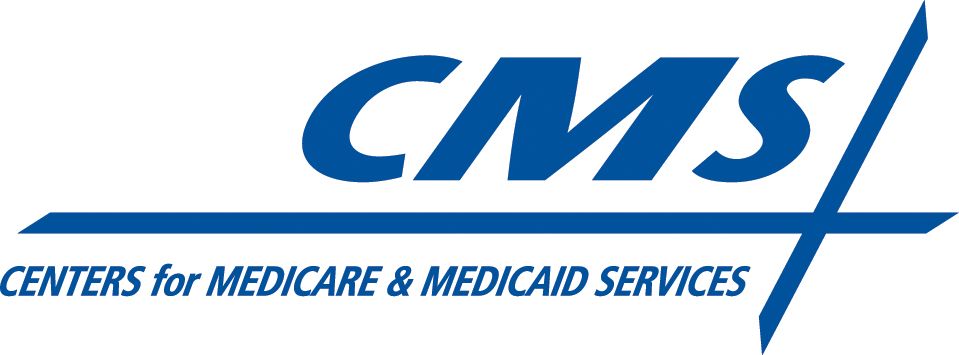Blog
CMS announces final emergency preparedness regulations

On November 16th, the final CMS Emergency Preparedness rule added to the Conditions of Participation (CoPs) will go into effect for all Medicare and Medicaid hospitals. These revised regulations reflect both the traditional hazards hospital teams face (natural disasters, power outages, infectious disease, etc.) as well as newer threats (active shooter, cyberattacks, etc.). CMS intends to have guidelines for survey inspectors ready by early 2017 and hospitals have until November 16, 2017 to be compliant with the new regulation. Like other CMS regulations, hospitals found non-compliant with the new CoPs are at risk of being removed as a Medicare and Medicaid provider. The core elements of the regulation are ones most hospital emergency preparedness teams will recognize:
- Build an emergency plan: Based on a risk assessment, develop an emergency plan using an all-hazards approach focusing on capacities and capabilities that are critical to preparedness for a full spectrum of emergencies or disasters specific to the location of a provider or supplier.
- Develop policies and procedures: Develop and implement policies and procedures based on the plan and risk assessment.
- Communication plan: Develop and maintain a communication plan that complies with both federal and state law. Patient care must be well-coordinated within the facility, across health care providers, and with State and local public health departments and emergency systems.
- Training and testing program: Develop and maintain training and testing programs, including initial and annual trainings, and conduct drills and exercises or participate in an actual incident that tests the plan.
CMS provided some specific guidance in the regulation on what should be included in the emergency planning for your facility. Some key highlights of the plan are:
- Develop an emergency plan that includes specific actions to be taken.
- for each hazard
- identifies key staff for that hazard response
- includes communication procedures to receive emergency warning/alerts
- communication with staff, families, individuals receiving care, before, during and after the emergency
- plans should account for 3-10 days of an emergency
- Develop both a shelter-in-place and evacuation plan (this may be specific to certain patient populations)
- Develop a plan and system that includes the ability to track staff and patient locations during an emergency
- Insure back-up generators and communication systems with the expectation that power and land-line communication will be unavailable
We are developing an assessment tool, based on CMS guidelines, to ensure that you can meet all criteria by the November 16th, 2017 date. We will have it ready in a few weeks and we’ll let you know about it here on the blog.
Additional Emergency Preparedness Resources
Assistant Secretary for Preparedness and Response (ASPR TRACIE) CMS Survey and Certification – Emergency Preparedness


